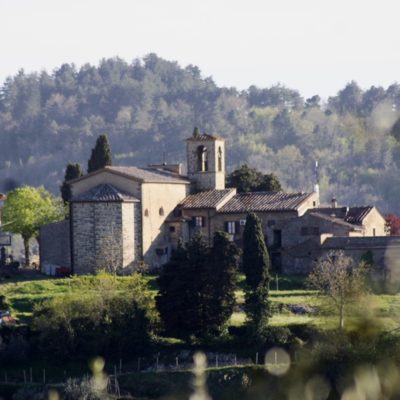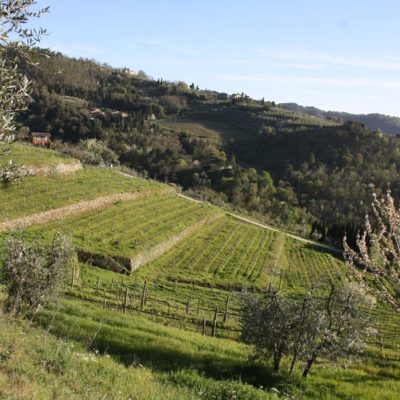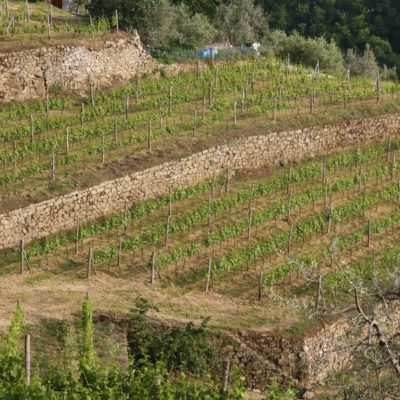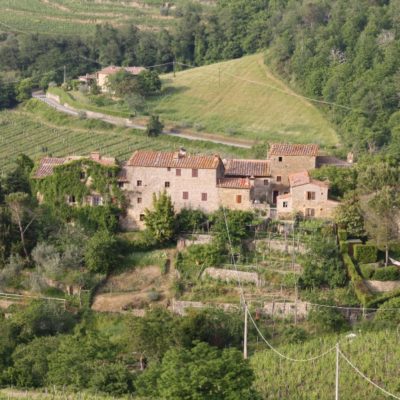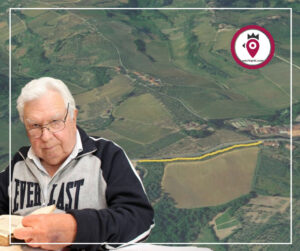Articolo disponibile anche in: Italian
Have you ever been to Lamole? Have you ever experienced the magic of climbing these hills, where some of the “higher altitude” Chianti Classico wines are produced?
Between vineyards and olive trees, there’s a long row of cypress trees. At a certain point the village appears and, surrounding it all, its characteristic terracing.
Lamole has a unique territory and has obtained the recognition of “historical rural landscape of Italy”. The beauty of the hamlet that dominates Greve in Chianti’s hills, its history and the agricultural tradition of the terraces have become part of a national treasure of environmental and cultural importance.
The positive outcome of the application was communicated after the convocation at the Ministry of Agriculture in Rome, within the Osservatorio Nazionale del Paesaggio Rurale delle Pratiche Agricole e delle Conoscenze Tradizionali.
The mayor Paolo Sottani, the winemakers Paolo Socci and Susanna Grassi and Federico Preti of the University of Florence participated, presenting the candidacy report. The candidacy was presented by Profumi di Lamole winemakers’ association, presided over by Susanna Grassi.
“We have reached a very important milestone – said Susanna Grassi – to which we have all committed ourselves. On the one hand, the recognition enhances historical and traditional agricultural practices, including promiscuous cultivations and sapling vines, on the other it rewards the restoration of the terraced vineyards of Lamole and Casole. This title honors an extraordinary corner of Chianti”.
“In this area, where some vineyards reach over 600 meters in altitude – specified the Mayor Paolo Sottani – Lamole is characterized by terracing that has been preserved and sometimes recovered on the basis of the same techniques and methods used in the past”.
It is a peculiarity that also presented difficulties on the production and agricultural front.
“During the twenty years between ’50-’70 – added the mayor – this was one of the Chianti countryside that suffered from being abandoned. This is why the people who are committed to preserving the territory deserve credit. Other areas like this have slowly disappeared over the years, and given way to forest”.
